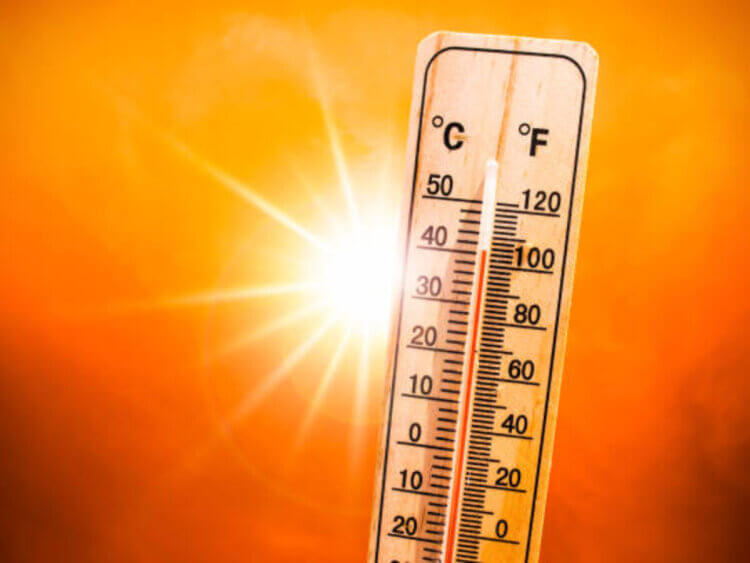As temperatures rise around the country, it is critical to understand what happens to the body when the temperature rises above 45 degrees Celsius.
Despite a heatwave warning issued in numerous states, districts around the country registered temperatures of 44 – 46.3 degrees Celsius.
The typical temperature of the human body is 98.6 degrees Fahrenheit (37 degrees Celsius). When the temperature rises above this level, it is referred to as fever, which can lead to hyperthermia in a heat wave. This might be deadly.
While the human body can withstand temperatures up to 42.3 degrees Celsius, temperatures exceeding that level can denature proteins and cause irreversible brain damage.
Here’s what happens when the mercury hits above 45 degrees Celsius.
Heatstroke
When it becomes too hot, the body begins to sweat in order to control its temperature. Oversweating can result in a loss of water and electrolytes, which can lead to heatstroke.
Heatstroke is a potentially fatal condition that happens when the body’s temperature exceeds 40 degrees Celsius. Confusion, seizures, and loss of consciousness can then occur.
Heat exhaustion
Heat exhaustion is less deadly than heatstroke, yet it can still be harmful to one’s health. A person may be sweating profusely and have pale complexion. Nausea, vomiting, and dizziness are some of the other symptoms.
Dehydration
When the body loses fluids owing to dehydration at a high temperature, symptoms such as dry mouth, thirst, weariness, and lightheadedness may occur.
Blood vessel expansion
When the temperature rises, the blood vessels near the skin’s surface dilate, allowing blood to flow through them. This is known as vasodilation. This technique increases blood flow to parts of the body that are deficient in oxygen or nutrients.
Muscle cramps
Muscle cramps can also develop when the body lacks water or electrolytes.
Increased heart rate
People with pre-existing cardiac issues should take particular measures as the heart beats quicker to provide an adequate blood flow to support the body’s cooling processes.
Heat rash
Heat rash is a common skin condition that occurs when sweat glands become blocked. Small, red bumps are formed on the skin.
Here are some tips to help prevent heat-related illnesses:
- Stay hydrated by drinking plenty of fluids, especially water.
- Avoid strenuous activity during hot weather.
- Wear loose-fitting or light-coloured clothing.
- Take cool showers or baths.
- Stay in the shade or air conditioning as much as possible.
Source:IT







 Finance
Finance






